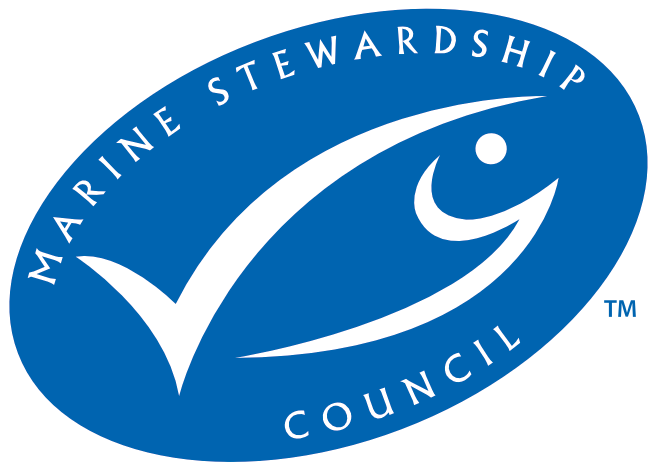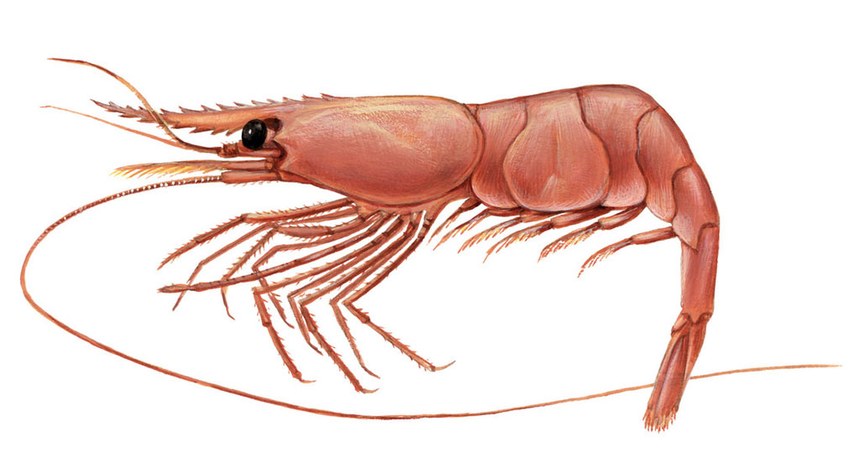
- Certifier :
- DNV
- Certified status :
- Certified
- Certified since :
- 05 Dec 2013
- Certificate expires :
- 09 Nov 2029
Overview
Fisheries are composed of one or more parts, each of which is entitled to receive an MSC certificate. These parts or “units” are defined by their target stock(s), fishing gear type(s) and if relevant vessel type(s), and the fishing fleets or groups of vessels.
When the term “Unit of Certification” is used for fishing units that are in assessment, it refers to the “Unit of Assessment” or “Unit of potential certification”. Expand a status below to view the parts that form this fishery. To check the detailed scope, download the latest certificate or open the Assessments page to get the latest report. Find out more by visiting our page on Fisheries
Engage with a Fishery Assessment
The following documents are open for stakeholder comment.
| Documents | Closes on | Files |
|---|---|---|
| Surveillance audit announcement | 18 Jan 2026 | 1 files |
As a stakeholder you are an essential source of information needed to conduct a meaningful assessment. To engage with a fishery assessment please register at the start of the process.
Catch by Species
| Species | Reported Catch Year | Metric Tonnes |
|---|---|---|
| Northern prawn (Pandalus borealis) | 2022 | 2,749 |
Information is provided by an independent Conformity Assessment Body as live weight (the weight of species at the time of catch, before processing) and where a fishing season covers multiple years, the end year is given as the reported catch year. Additional information is available in the latest report, see the assessments page.
Eligibility, client groups and vessel lists
A fishery may choose to define the members of the fishery certificate. These members can be vessels or other client group members (e.g. companies that own vessels and/or companies that are named as eligible to handle certified product covered within the fishery certificate scope). Please refer to the fishery certificate statement on additional product specific eligibility criteria (e.g. product eligibility limitations, eligibility date, exclusive points of landing and the point where Chain of Custody certificate is required). Please consult the fishery Public Certification Report for product eligibility rationale.
| Documents | Published on | Files |
|---|---|---|
| Vessel List | 03 Mar 2025 | 1 files |
About this Fishery
Cold water prawn (Pandalus borealis) image © Scandinavian Fishing Year Book
The cold water prawn (Pandalus borealis) is also known as the pink or northern shrimp. It is distributed across the North Atlantic around the Barents Sea, Svalbard, Iceland and Greenland and south to the North Sea and Massachusetts, and across the North Pacific from the Bering Sea south to Japan and Oregon. All these areas have important commercial prawn fisheries.
Three Faroe Islands vessels fish for prawn in the North East Arctic around in Barents Sea and the Svalbard Fishery Protection Zone, primarily in areas with soft, muddy sediments. Most fishing occurs outside the period when females are carrying eggs.
The certified fleet uses a relatively light otter trawl gear, with “rock hopper” discs that hold the trawl head rope clear of the seabed. This reduces damage substantially relative to a standard trawl, although the trawl doors still come into contact with the bottom. The vessels tend to stay in the same areas, which limits the impact on habitats.
The minimum landing size of shrimp is 6cm, while the average size of shrimp caught by Faroese vessels is around 7-8cm. The fleet uses a large mesh size which prevents the capture of undersized shrimp, as well as obligatory sorting grids which eliminate bycatch of other species.
Levels of prawn in the Barents Sea have remained close to carrying capacity since 1970. However, as a condition of certification the fishery is working on a management plan with clearly defined harvest levels in response to any fall in stock levels.
Market Information
Faroese prawns are mainly sold in the EU.
